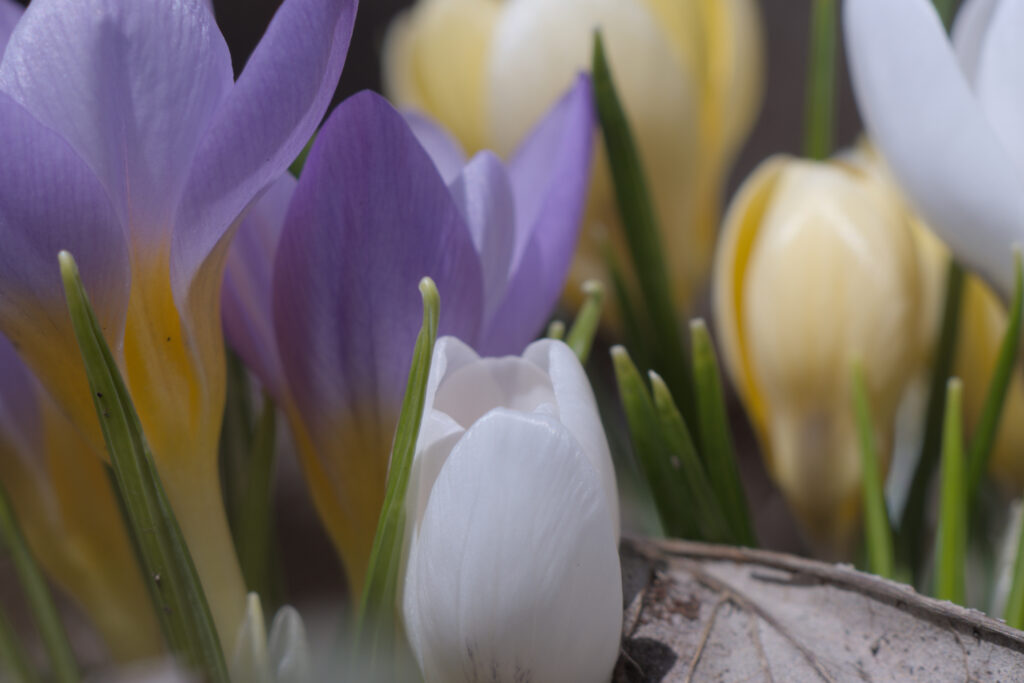
Fujifilm XT-3, Canon FD 100mm f/4 Macro — 4th April 2025
Personal ramblings on photography

DPReview has an interview of Fujifilm executives about the GFX 100RF.
Part of the reasoning is that the GFX100RF is a much more expensive camera than the X100VI, which means it needs to feel more premium. “At the beginning, when we discussed how we should design the camera, we already knew about the price point. So this camera should be more luxurious to match the price point,” said Oishi.
There is one way to avoid the supply problems: make it unaffordable. This sounds tongue in cheek, but the X100VI is still unobtainium, so is the X-M5…, the latter being one of the least expensive models.
A major factor in its luxury design is the top plate, which is milled out of a single block of aluminum—it’s the first time Fujifilm has used this type of manufacturing process.
Later, during the Fujikina event, Yoneda told us that turning an aluminum ingot into a GFX100RF top plate takes around five hours.
For so much I love well built devices, made out of metal, this looks like overkill to make it cost CA$7,000. This doesn’t make it a bad camera, but the law of diminishing returns clearly applies here.
To me, the unique feature of this camera, that also applies with the other GFX 100, is the possibility to shoot in 65:24 (or any other) aspect ratio and still have a large amount of pixels. And the GFX 100RF offers it in a smaller package. Fujifilm could offer the crops in the viewfinder for X-series and I’m sure it would work for many people with about half of the 40 Megapixels that the X100VI do offer.
“V-Series”: I just made up that name. On March 26, for their video-first cameras line, Canon announced the global availability of the PowerShot V1, hoping that they sorted their manufacturing capacity. They also announced the Canon EOS R50V, a reworked version of the entry level APS-C sensor EOS R50, stripped of the viewfinder, and with improvements to the video mode. It comes (optionally) with a kit lens 14-30mm f/4-6.3 PZ. Body only, its cost is barely less than the R50, and with the kit lens it is still cheaper than the PowerShot V1:
The Canadian prices are:
This is supposed to compete with Sony ZV line of cameras. The Sony ZV-1 II is CA$1,199.00, while the ZV-E10 II without lens a 16-50 is CA$1,499 and would compete with the V1 and R50V respectively.
This is more than the PowerShot G7X MarkIII (CA$1,069.00), or even the Fujifilm X-M5 (CA$1,199.00 with the 15-45mm).
Jonas Rask tells Impossibly Possible – The Fujifilm GFX100RF review.
This very comprehensive review of the GFX 100RF as Rask had it for a few month before it was even announced. Rask really like panoramic cameras like the X-Pan or the Fuji G617, which make this camera possibly a natural fit for him.
The long rumored medium format fixed lens camera from Fujifilm was just announced.
It is called the GFX 100RF. RF stands for Rangefinder style, Fixed lens.
This camera will naturally compare with the Leica Q3 that is in a similar market segment.
The GFX 100RF has a 102 Megapixel sensor, larger than full frame (43.8mm x 32.9mm) like the one on the GFX 100II, and a newly developed fixed 35mm f/4 that is a 28mm equivalent FoV with a leaf shutter, and built-in ND filter. The lens can focus as close as 20cm front the front. The electronic viewfinder has a x0.84 magnification and 5.76 Megapixels, and it is complemented by a 3.15 in 2.1 Megapixel tilting LCD.
It has a dial that allows selecting 9 differwent aspect-ratios that, in addition to the usual ones, feature crops like 17:6 and 65:24 which are the Fujifilm G617 and T-X1 panoramic cameras respectively. There is also a vertical 3:4, that would allow taking a cropped picture in the portrait orientation. The aspect ratio dial will change the viewfinder to offer proper framing guides but the raw file will contain it all.
The digital teleconverter is a digital zoom similar to the one found on the Leica Q3 that will crop to any of 43mm, 63mm or 80mm field of view (in 35mm equivalent these are about 36mm, 50mm and 63mm respectively). The crop is done at the cost of less pixels, but since you start at 102 Megapixels, there is plenty of room to work with. Like with the aspect ratio crop, if you shoot raw, the whole image is still captured but it will be marked as cropped by default in your photo processing software (if it supports it).
There is no image stabilisation whether it is lens or in body. High speed flash sync is possible with the leaf shutter, up to 1/500 sec. There is also a dual SD-card slots and the camera is weather sealed if you install the included protective filter PRF-49.
And of course, all the usual film simulations are available.
Video
It wouldn’t be a Fujifilm without video. It doesn’t offer everything but you can shoot 4K in 30 fps, in 10 bits 4:2:2 and F-log2 with a digital images stabiliser, and there are both a headphone and a microphone jack.
Availability
The GFX 100RF is to the GFX-series what the X100 is to the X-series, albeit the latter showed up first.
MSRP is €5,499 / US$4,899 / CA$6,999, less than the Leica Q3 and available in April 2025.
Afterword
Please Fujifilm, bring these crops to the X-series. No need for a dial. Just allow assigning to a button. I want the frames in the EVF of my X-T3.
To the surprise of no one, DPReview tells us Hard to get: Canon delays orders of new V1 compact amid high demand:
Canon Announced its PowerShot V1 compact just a few weeks ago, with pre-orders only recently opening for those in Asia. Despite that, DCWatch reported that Canon has already warned that demand is high and delivery may be delayed as a result, potentially delaying its availability to the rest of the world.
Also
The PowerShot G7 X III, despite being six years old, has such high demand that Canon is suspending orders indefinitely to catch up.
And rumors are that Fujifilm is suspending order for the X-M5 as well as they can’t keep up with the demand.
I might have to get a Sony to replace my non-longer-working G7 X II I use for video.
TTArtisan is known to produce more budget friendly lenses for a variety of camera, including Fujifilm XF mount and Leica M rangefinder.
Now they are entering the market of the Instax cameras. Since the announcement is blocked by the Instagram wall, I’ll link to Kosmophoto: TTArtisan announces Folding Instant Camera which shoots Instax film:
Lens maker TTArtisan has launched a new folding camera which shoots Instax film.
It’s shooting Instax mini, it seems to be based on the Chinese Seagull 203 folding camera, and the shutter is mechanical.
Price is not available at the time.
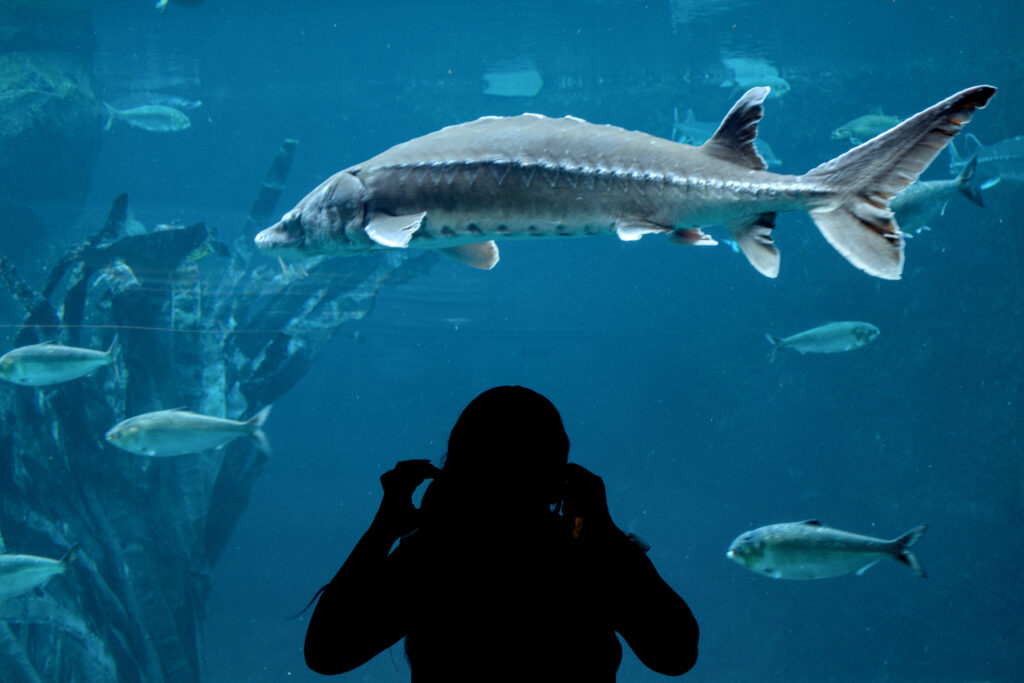
I just bought a Fujifilm Instax Square Link. It is a device that print Instax Square picture. Send from your smartphone a picture, obtain a hard copy on Instax Square instant film. If you have an Instax Mini Link, this is the same for Instax Square.
The box contains the printer, a light manual and a USB-C to A cable for charging.
The printer is battery powered (hence the cable). There is no film. I got a pack of white border and a pack of black borders.
The printer is like a big bar of soap. It is still slightly larger than my Instax Mini 90 Neo camera, but that’s to factor in the difference in size of the film pack.
I has two buttons, large one having a LED to show the status, a large door at the back for the film cartridge and a small trap door hiding the USB charging port and a reset hole. The latter is for cases where the troubleshooting involve turning it off and on. There is no display, like for the number of frames left.
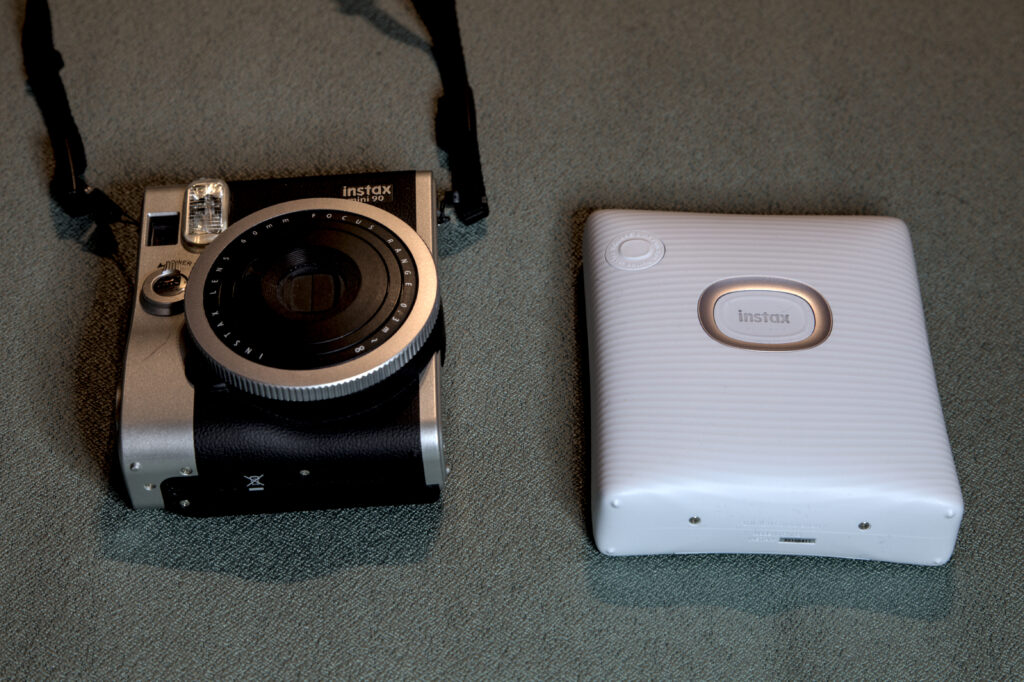
The initial setup consist of charging the printer using the provided USB cable (or any USB-C cable for that matter) and a charger (not included); and loading the instax square cartridge. That step is exactly the same as loading you favourite Instax camera.
To turn the printer on, press the big button for a solid second, it will light up white. The colour will change to flashing purple when printing

To use it you need a compatible smart phone (Android or iOS), install the Instax app and connect to the printer with Bluetooth. Within the app you can select images to print, and it’s fairly easy. There are other features within the app but beside the collage or frame print, I really don’t get it.
From my phone I printed a picture I posted a while ago on Instagram, works great. I also printed a picture I took recently directly with my phone. As long that the image is on your phone, you can print it.
Once you printed a picture, you can press the smaller button to reprint it, until the printer turns off. Otherwise you can use the application history to re-print later on. In some circumstance it doesn’t recollect the picture printed on the iOS app. This seems to happen if you use “share” to the Instax Link Square instead of selecting the picture from the application.
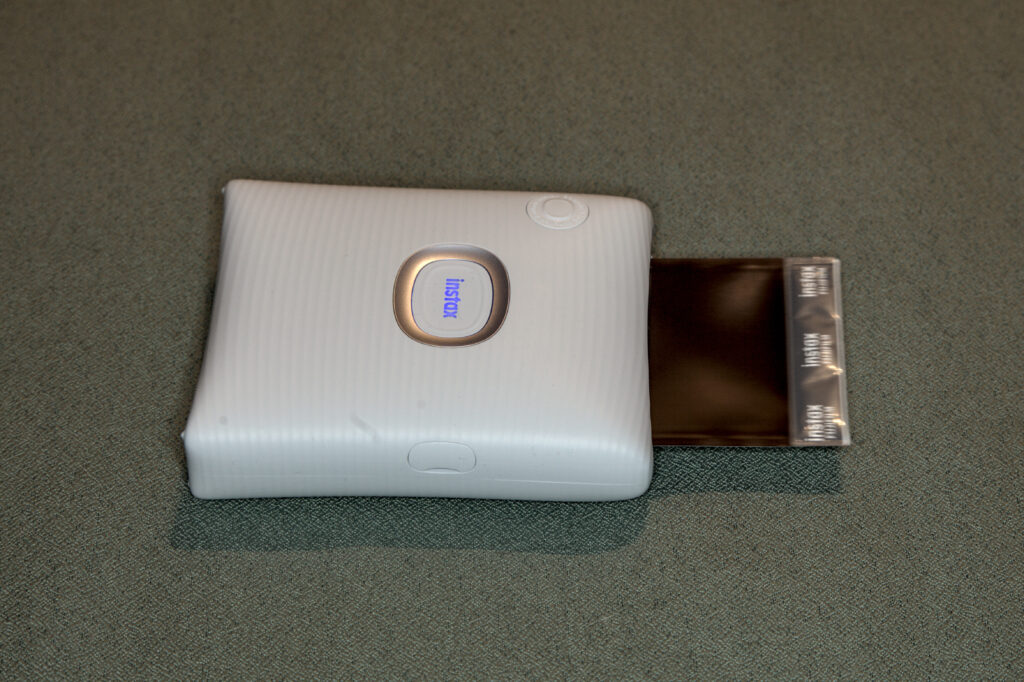
Fujifilm manual state that the print takes 90 seconds to develop, but in my tests after 2 minutes it wasn’t developed.
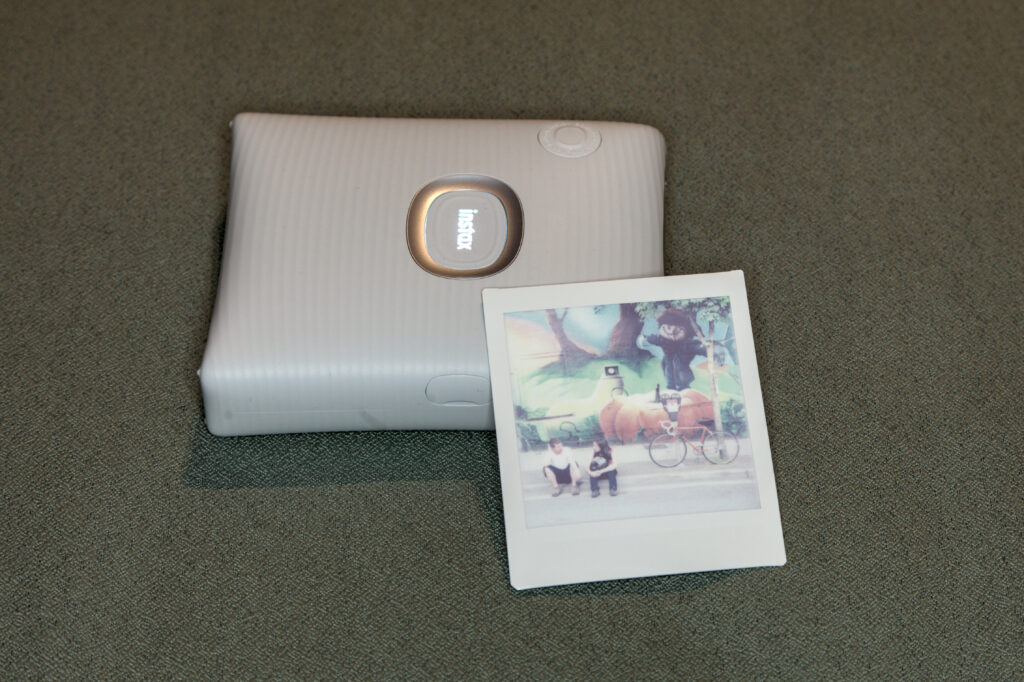
In the end you obtain a colourful print.
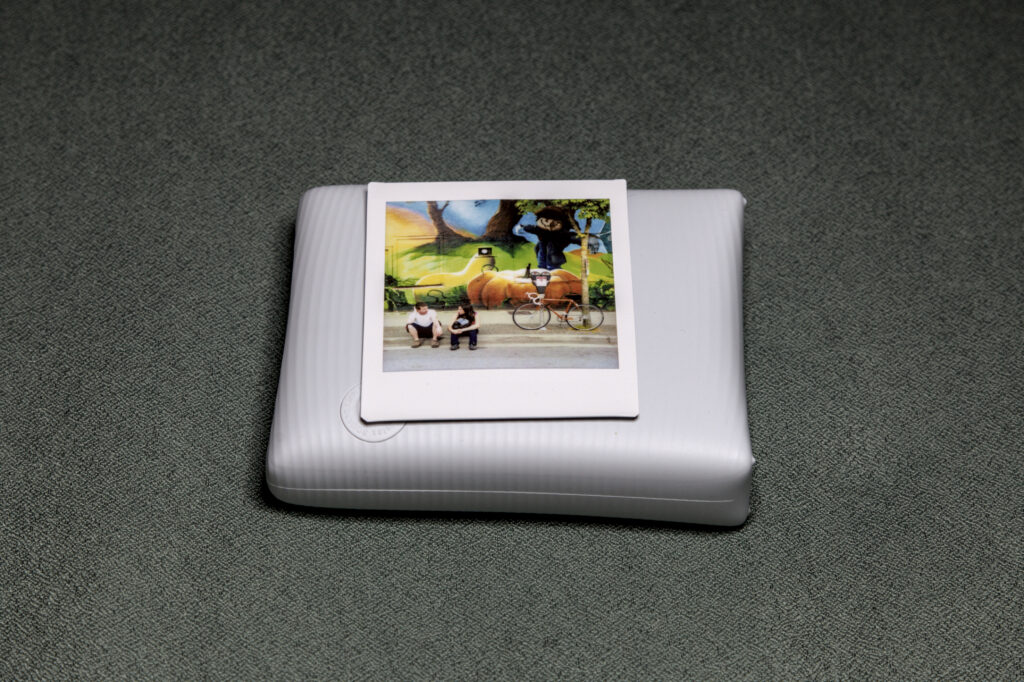
The output ressemble a lot to the scan.
One of the feature in the app is the “Instax Camera”. It is basically the camera app to take the picture before printing it. It put the live view inside a small Instax frame. It allow adding the date time superimposed, printed as a 9 segments led display, another bout of nostalgia that the demographics of that device have no recollection of.
The printer cost CA$180 (I got mine on sale at CA$160). On regular price, it’s priced between the SQ1, the cheapest Instax Square and the SQ40 the more comprehensive model. It’s not gonna break the bank.
The 2x 10-pack of film with white borders was CA$28, and the single 10-pack of black border was CA$17. That make a cost per print to CA$1.40 for the white border and CA$1.70 for the black border. There are other colours a bit more fancy if you like. You can buy the white border film in bigger pack which bring down the price per unit. A 100 pack bring the cost down to CA$1.20 a print. Also while I can find Instax Mini at my local pharmacy, Instax Square is less common. This is to be considered if you need resupplies in a hurry.
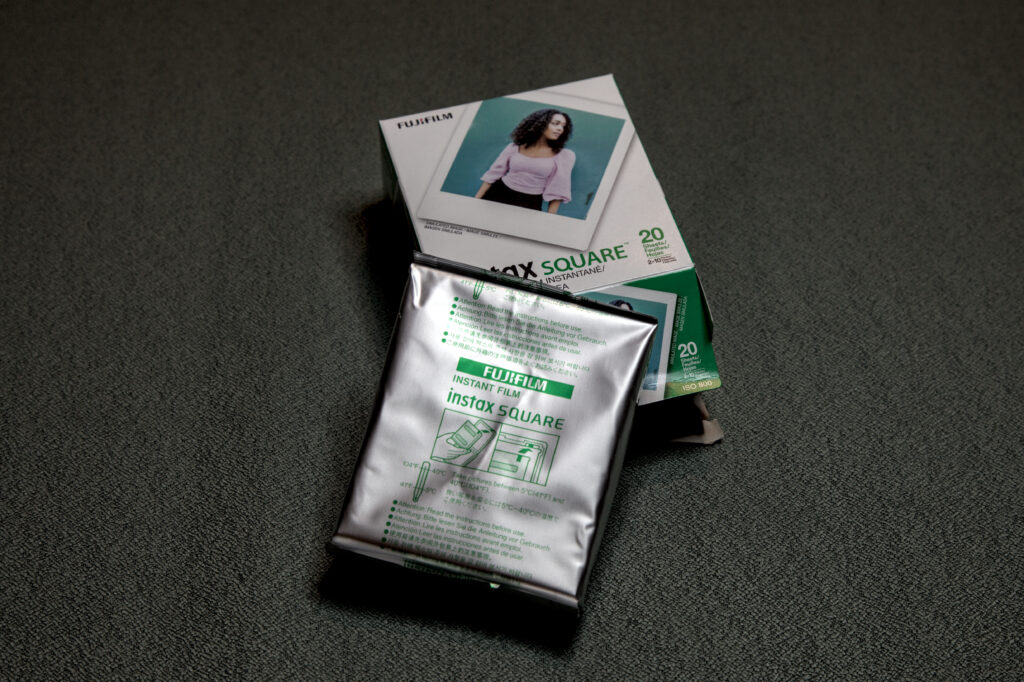
The image size is a 62mm square (2.4in). The image printed is 800×800 pixels, which boils to 318 dpi. That’s a resolution similar to any print you got from a minilab. According to the manufacturer you can print around 100 pictures (that’s 10 packs) with a single recharge.
Pros:
– Simple to use.
– Device reasonably priced.
– Battery powered.
– Output quality.
Cons:
– Requires a phone app, very limited interoperability.
– Unlike older models can’t be used from a Fuji-X camera.
– What will die first? The printing mechanism or its battery that can’t be replaced.
I enjoy using my Instax Mini but I’m often left off guard with the quality, and it seem all related to the optics on the camera and the exposure, with a limited dynamic range. It’s possibly part of the challenge. The printer demonstrate that the film rendition is good and that an hybrid like the Instax Mini Evo would probably offer similar results. Sadly the hybrid Instax Square SQ10 and SQ20 cameras that were in the earlier Instax Square lineup are no more so the search for a better image quality will probably need to be sought out of the other camare makers like Lomography, MINT or NONS.
Previously: NONS instant cameras
After a week of rumors, Monday 14 October 2024 set as the date by Fujifilm for the X-Summit, and an announcement about some firmware updates, we now know about the Fujifilm X-M5.
The X-M5 is the smallest Fujifilm X body. Without viewfinder, but a tilt screen, it is geared towards “creators” — think of it as a video camera. It presents as the inexpensive video body in the Fujifilm X lineup, a market cornered mostly by Sony, Panasonic and Canon. The Panasonic S9 is a prime example albeit at a much higher price point.
The X-M5 doesn’t have IBIS (In Body Image Stabilizer), however it has electronic stabilization for video, a system which dampen the camera motion shake at the price of a 1.33 crop. With 26.1 megapixels, it uses the older X-Trans 4 image sensor, albeit with the 5th generation X-processor. It uses the NP-W126S batteries (that’s the smaller ones as found on the X-Pro and earlier X-T), has a mic and headphone jacks, and HDMI Micro.
On the controls, I’m just skeptical of the film simulation dial. Why a dedicated dial for this? I just hope it can be reconfigured to something more useful.
The camera comes either body only or with a kit lens XC 15-45mm f/3.5-5.6 OIS PZ, the most compact zoom lens in the line. The OIS helps with the lack of IBIS. And two colours: silver or black, the latter being for April 2025.
The MSRP for the X-M5 is to be €899 / £799 body only. Add 100 in either currency for the XC 15-45 zoom in kit. Canadian price is CA$1,079 body only, and CA$1,199 with the 15-45.
Other announcements today included the XF 16-55mm f/2.8 R LM WR II zoom lens, an update to the previous model, and the XF 500mm f/5.6 R LM OIS WR telephoto lens.